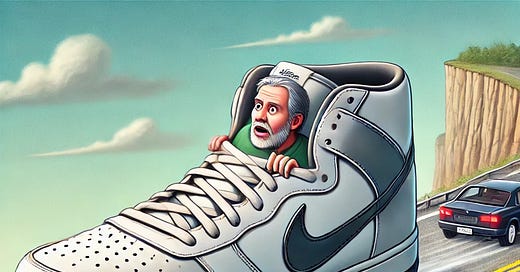Once Trusted, Then Ousted: Customers Have Fired Nike's CEO
What strategic lessons can we learn from John Donahoe’s dismissal?
You don't need a strategy. You need to see the world strategically. Welcome to the newsletter for deep thinkers.
You can listen to the audio version of the article or read the text below.



